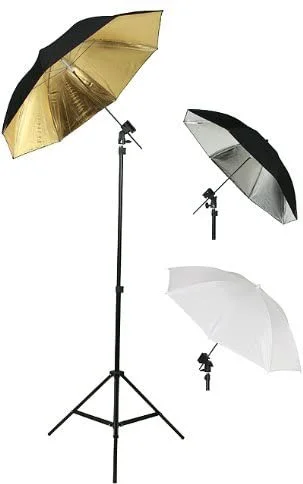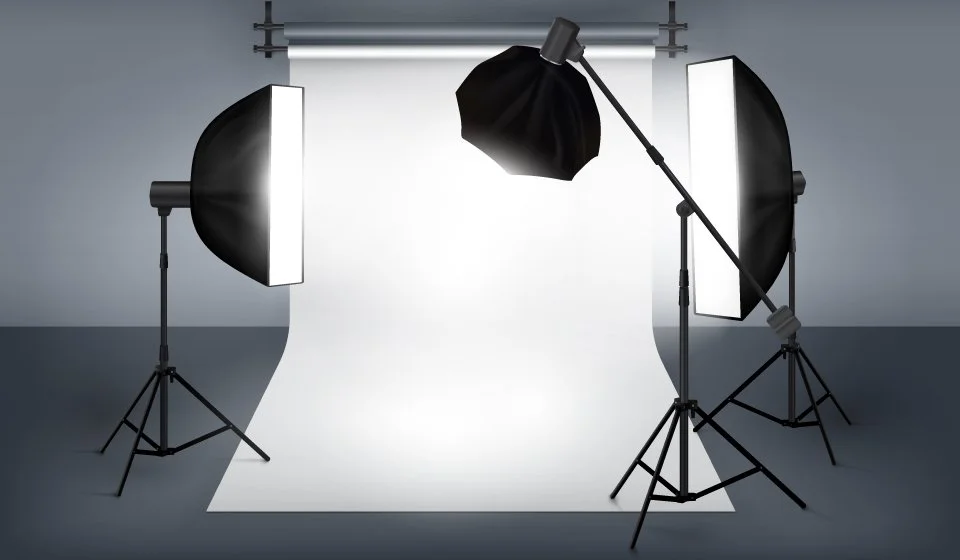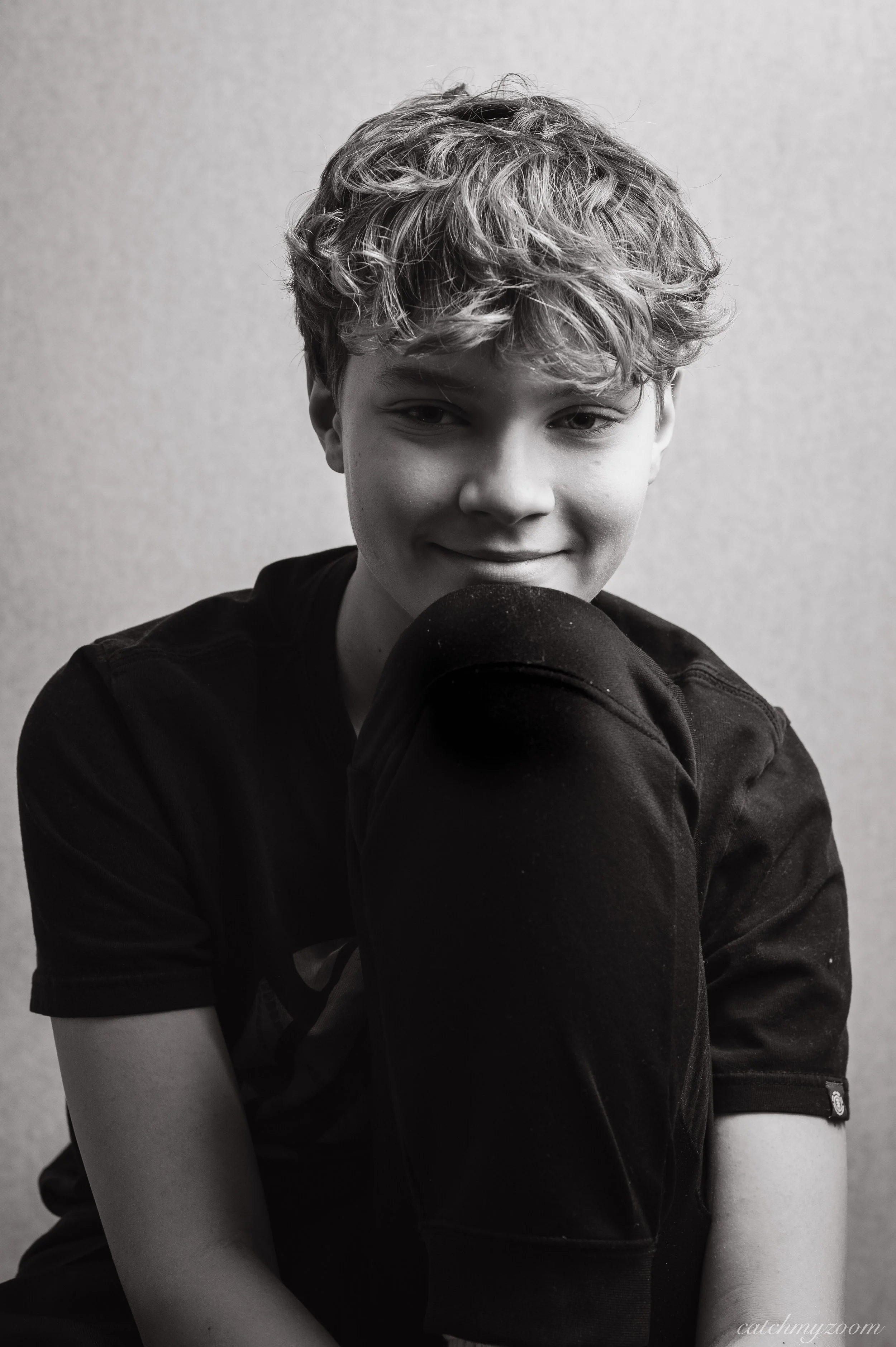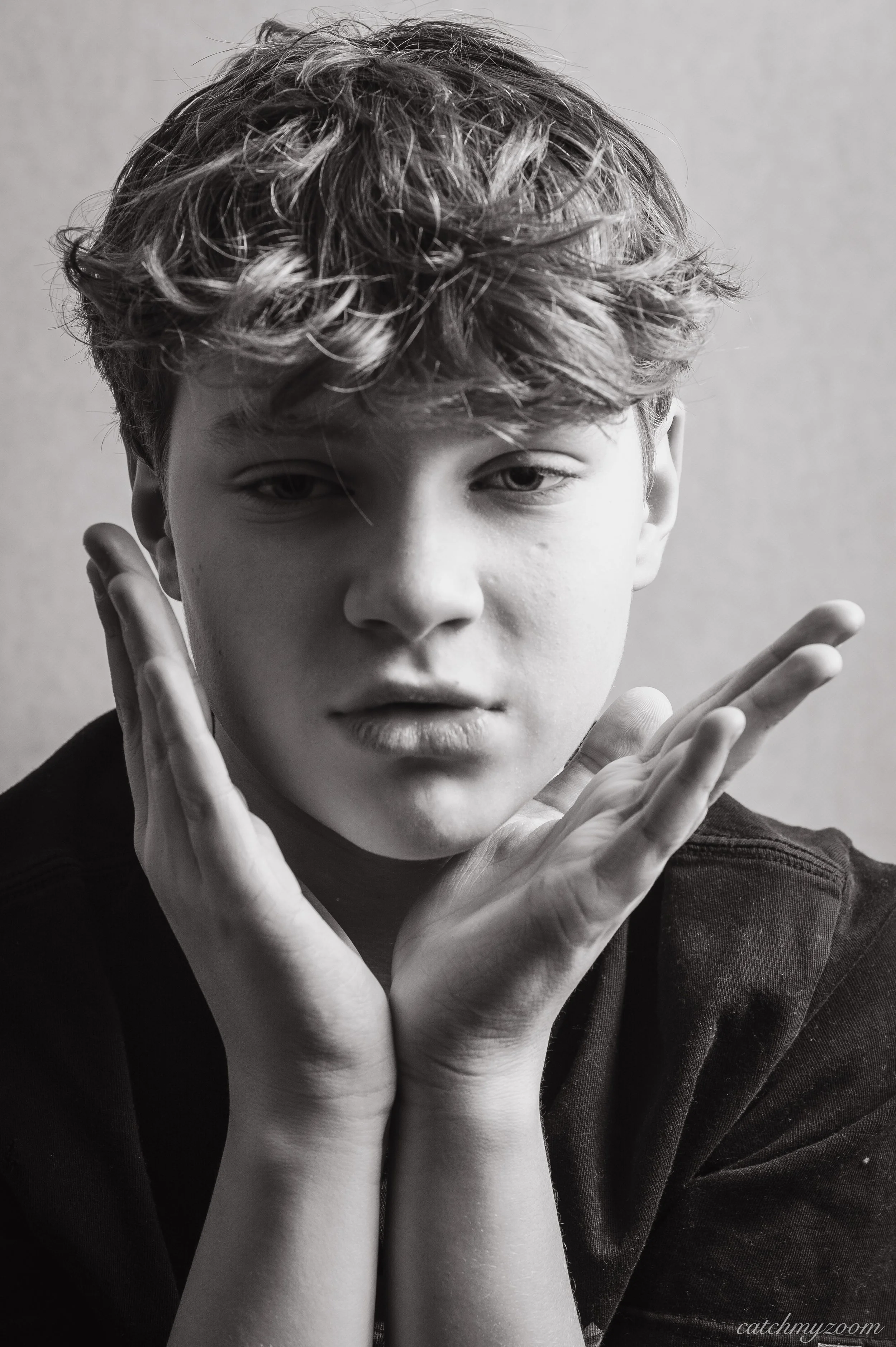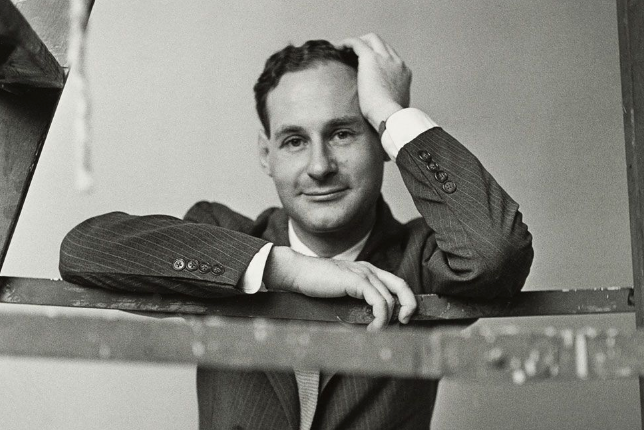Lighting in Photography (LO1, LO2, LO3)
Light in photography refers to how the light source, which can be natural or artificial, is positioned in relation to a subject. The position and quality of light can affect any number of things in the final photo, from clarity to tone to emotion and so much more.
Light is one of the most powerful tools available to artists for creating depth, shape and mood in imagery. Great artists know good light when they see it and they know how to create and modify light when they need to.
There are 5 natural lights in nature. Combined and blended, they provide the viewer with information about shape, size, surface texture and mood.
Areas of illumination
The areas of light on a subject can be classified as shadow, diffused and specular. The areas of change between these regions are called “edge transfers”.
Diffused Highlight - this areas represents the true tonality of the mass - the natural brightness of the subject. The diffused highlight shows off the correct colour and truthful texture of the object. On people, this light shows the correct skin tone and pore structure and is considered to be “the mask of the face”.
Shadow - un underexposed area of the subject’s diffused value; it is often lit by a secondary source like a fill light or a fill reflector.
Shaded sides - contain the complimentary colours to their respective diffused highlights. For instance, an orange object contains blue in the shaded side that is also darker in value than the object is in life. On a face, blemishes and wrinkles are more pronounced in the transition between diffused highlight and shaded side – that’s where retouching artists reshape the transitions to create illusions of smoother skin.
Specular Highlight - It is called shine, sheen or a hot-spot; it is a mirror image of a light source seen on the surface of the subject.Large light sources produce highlights that are slightly lighter than the rest of the object with soft gradient edges. Small light sources produce much lighter highlights with definitive edges.
Light sources for photography
In my previous blogs I have been using a lot of natural light sources to capture my images, especially when shooting outdoors. In this blog I focus on a studio lighting and I describe some artificial light sources that are commonly used for a studio photography.
Examples of light sources for studio photography
Snoot
A great tool for creating moody work with a lot of contrast between the subject and the background. It can be used for a spotlight effect, to create low-key lighting, as a hair light, or to add flare to an image. Snoop provides a very strong light and creates harsh and well defined shadows; the more closer to the subject the softer shadow is.
Barndoors
A very practical source of light as it can change the beam of light thanks to the opening and closing “doors”; shadow is not as crisp and it is lighter and softer than with snoot. Barndoors are a common lighting modifiers. They are used in stage lighting. With this type of modifier, four doors surround the light on each side. By adjusting the position of those doors, you can control the spill of the light. By closing all four doors, you can create a narrow beam of light like a snoot.
Reflector - with reflector shadows are much softer and less defined shadow edges; the more open the reflector is the more softer and shallower shadow creates.
Beauty dish
It is a shallow reflector and a great example of a very soft and shallow light; mainly used for a portrait photography. The beauty dish differs from other light modifiers because it gives a distinctive circular, soft-contrast light, which is perfect for lighting faces and defining bone structures such as cheekbones and chin lines. Beauty dishes also create a circular catchlight in model’s eyes, which looks quite natural. It will still soften the lights. But the effect isn’t as pronounced as with a softbox or umbrella, creating deeper shadows.
Umbrella
Umbrellas are a great choice for lighting a large area with flat, even lighting.
Diffusion umbrellas, also called shoot through umbrellas, soften the light through diffusion. With this type, the light source is pointed at the subject.
Reflective umbrellas are pointed in the opposite direction. The light hits the reflective surface of the umbrella — usually silver or white. Then it bounces back on the subject.
Soft boxes
Low-cost and versatile modifiers that create a beautiful soft light. The quality of light is soft and flattering. Changing the angle and proximity of the softbox to the subject changes the hardness of the light and the direction of the shadow. The larger the box, the softer the light. Softboxes have several shape options, including the octobox, squares, and strip softboxes or elongated rectangles.
Grid
A grid is a lighting modifier placed over the light source to create a narrower beam of light.
That pattern, usually in a honeycomb pattern, reduces the spread of the light, creating a tighter light beam.
Grids are used to control the light falloff. For example, grids can be used in portraits so the light doesn’t wrap all the way around the face.
A ten degree grid creates a narrow light beam, while a 40 degree grid has a much more subtle effect.
Hard vs Soft light
We recognise/can create two types of lights in lighting photography - hard and soft light. Soft light is light that tends to "wrap" around objects, projecting diffused shadows with soft edges, whereas hard light is more focused and produces harsher shadows.
Both images 1/100s, f/8.0, ISO 100, prime lens 85mm f/1.8S
I took the first image using my off-camera flash SB 5000 and umbrella. That helped me to create soft light and soft shadows. The second image I took without the umbrella. There is a well defined and hard light visible across the vase. The shadows are harsh. It depends what your aim is and what message you want to convey in order to decide on the set up.
Portrait directional lighting
In general, portrait lighting should come from above. The general rule is that the source light should be placed at a 45 degree angle up from the tip of the subject’s nose.
Home practise
I captured the following images of my son to show different types of lighting. For this home studio I used my camera Nikon Z6, one off-camera speedlight (flash) Nikon SB 5000, a small source of light to highlight the background (wallpapered wall) and umbrella. I created a very soft light to enhance my son’s young age. All images are edited in Lightroom.
Butterfly Lighting
Butterfly lighting (“paramount lighting”) is considered to be a “flat” lighting because it fully features only two of the Five Lights of Nature, the specular highlights and diffused highlights. Most of the shaded sides are behind the subject, as are most of the reflected lights and shadows. It is considered a contemporary or fashion style of lighting and one of the most flattering lighting for most faces. The goal is to create a butterfly shape in the shadow under the nose.
1/100s, f/5.6, ISO 100, prime lens 85mm f/1.8S
Loop Lighting
Loop Lighting because the shadow that the nose casts upon the upper lip area is loop shaped. These shadows subtly help to define the subject’s bone structure. Loop lighting is the easiest style of portrait lighting to use. Widely used in the photography industry by event photographers.
1/100s, f/5.6, ISO 100, prime lens 85mm f/1.8S
Rembrandt Lighting
This classical portrait lighting is named after the painter Rembrandt. It is considered to be the classic portrait lighting pattern and is used by many fine art portraitists. It’s a little more difficult to set up because there are so many details involved but it is a beautiful lighting style. One side of the face is well lit from the main light source while the other side of the face catches the interaction of shadows and light. It should create a triangle under the eye. It is the most dimensional lighting pattern because it utilises most fully all Five Lights of Nature.
1/100s, f/5.6, ISO 100, prime lens 85mm f/1.8S
Split Lighting
Split lighting is easy to set up: just light exactly half of the face. I positioned my off-camera speedlight at 9 o’clock. Split lighting is the strongest portrait light and gives the subject a lot of attitude, but it doesn’t look good on everyone so it’s important to choose the right subject for it.
1/100s, f/5.6, ISO 100, prime lens 85mm f/1.8S
Classical profile lighting can be any of the previous lighting styles. The lighting is set up exactly as described above, but only one side of the subject’s face is captured.
I am looking forward to capture similar portraits in a professional studio with additional light sources.
Research on photographers
Peter Lindbergh (1944-2019)
Born in Poland and spent his childhood in Germany where he attended Berlin academy of Fine arts. In 1978 moved to Paris to pursue his photography career.
Lindbergh was the first photographer to include a narrative in his fashion series, and his storytelling introduced a new vision of art and fashion photography. He created images that marked the history of photography, characterised by a minimalist approach to post-modernist photography.
Lindbergh was very famous for a photograph of “super models”. Inn the 1990s he put together a group of young and interesting models like Linda Evangelista, Christy Turlington, Tatjana Patitz and Karen Alexander. They hardly wear any makeup, all dressed in the same white shirts. The photographs were shot in Santa Monica. He preferred to capture models naturally. The super models would go on to represent the powerful woman. Lindbergh concentrated on storytelling.
Lindbergh said: "I preferred actively seeking out van Gogh's inspirations, my idol, rather than painting the mandatory portraits and landscapes taught in art schools."
He preferred to use 35mm. On some occasions he used a medium or large format. He mostly used a Nikon. A dramatic black and white portrait was his trademark.
Peter Lindbergh’s photographs appeared in magazines such as Vogue, Harper’s Bazaar, The New Yorker, Rolling Stones etc. His work is seen in museum collections around the world, including the Victoria & Albert Museum, London; the Centre Pompidou, Paris; and The Metropolitan Museum of Art, New York.




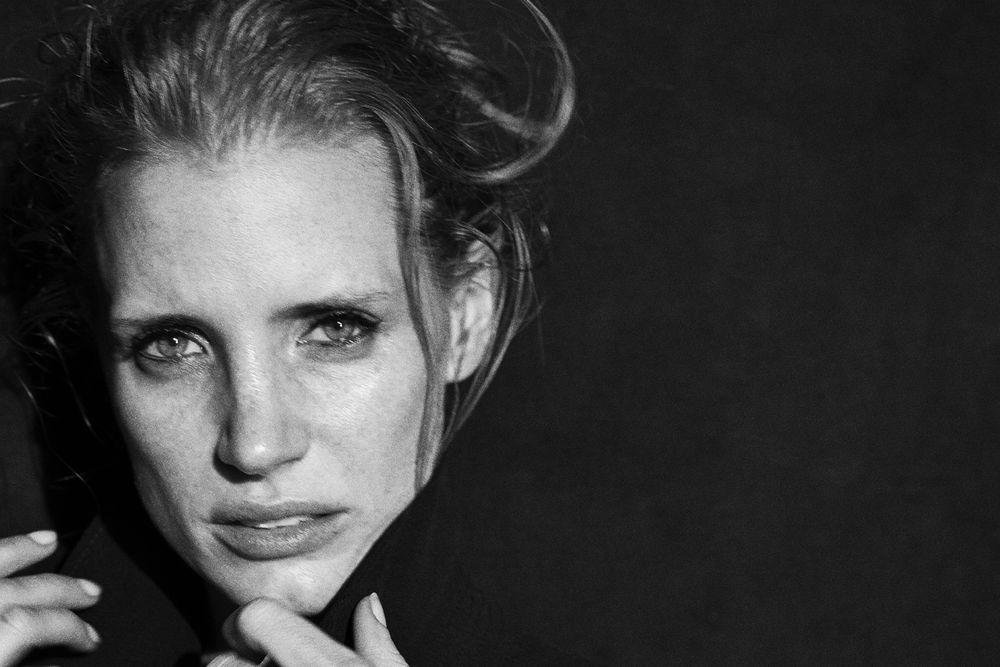









Irving Penn (1917-2009)
American photographer born in New Jersey to immigrant parents, Penn attended the Philadelphia Museum School of Industrial Arts from 1934–38 and studied with Alexey Brodovitch in his Design Laboratory. He is known for his sophisticated fashion images and incisive portraits. He's renowned for breaking down the boundary between commercial and fine-art photography, working in a style of refined, elegant minimalism.
Irving Penn was one of the twentieth century's great photographers, known for his arresting images and masterful printmaking. Although he was celebrated as one of Vogue magazine's top photographers for more than sixty years, Penn was an intensely private man who avoided the limelight and pursued his work with quiet and relentless dedication.
Irving Penn didn't just shoot fashion and portraits in the studio. He photographed trash he found on the ground, native populations, common workers, food, and also self-portraits.
In the early 1960s, Penn transformed his photos into artworks by experimenting with platinum printing; one of the most technically difficult photographic techniques. The prints were made by placing the negative and emulsion-coated paper in direct contact with each other. This would result in warm, rusty hues.
Some of Irving Penn's early influences were Alexey Brodovitch. He was Penn's graphics, painting and industrial arts teacher. He was the first to publish any of Penn's drawings. Alexander Liberman influenced Irving to start photography.
Irving Penn was one of the most influential photographers of the 20th century. He captured famous cultural figures—including artists such as Jasper Johns, Pablo Picasso, Louise Bourgeois, and Salvador Dalí—and elevated fashion photography to an art form through his work with Vogue, where he contributed for more than six decades. Penn often photographed his subjects in the studio’s natural light; his images are marked by simplicity, sophistication, and tonal subtleties.

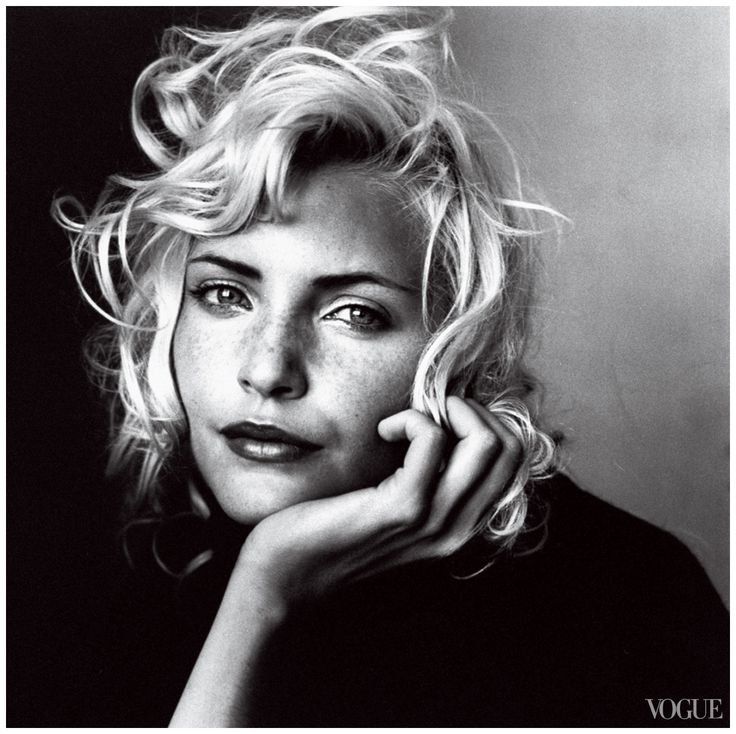


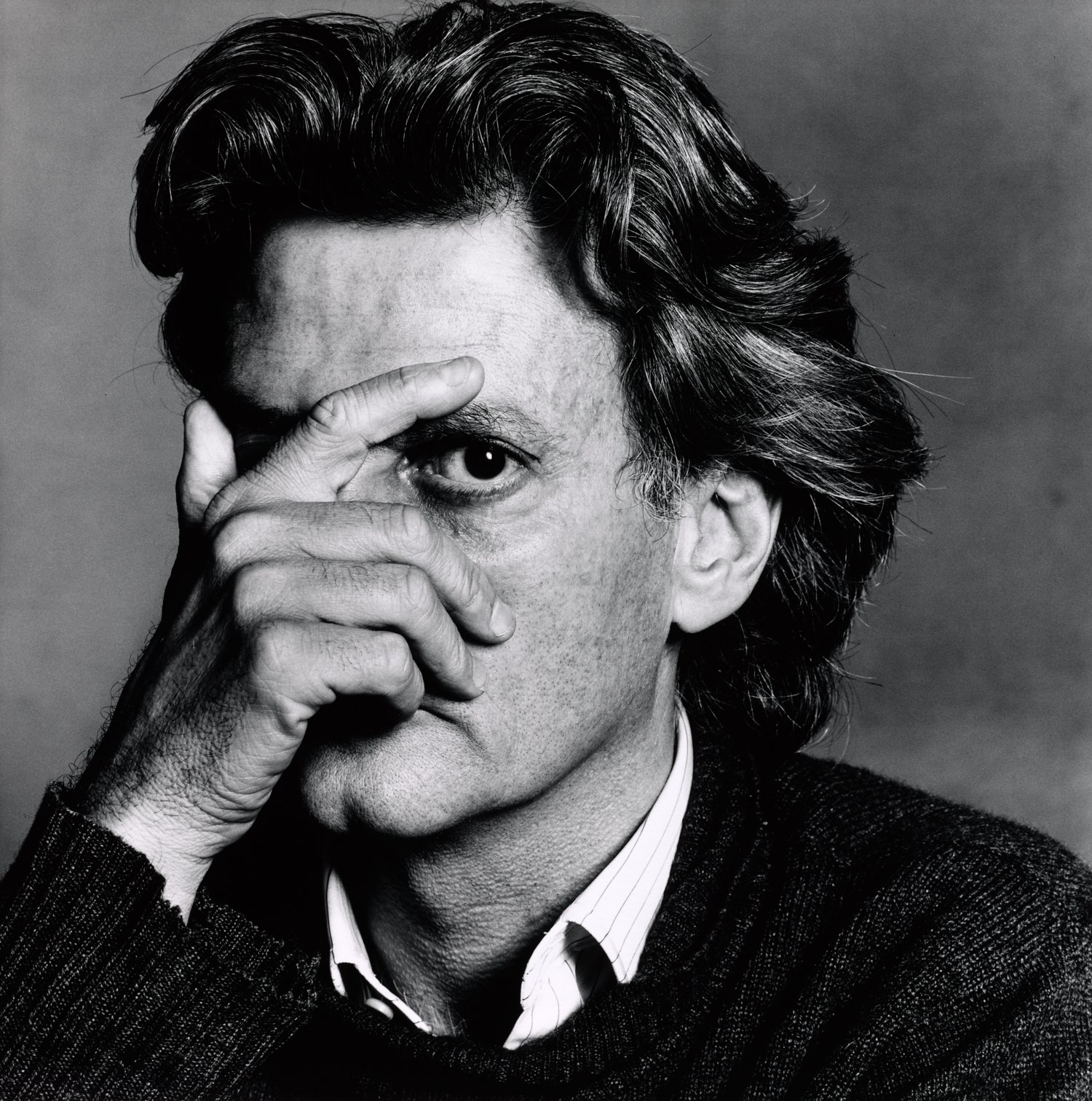
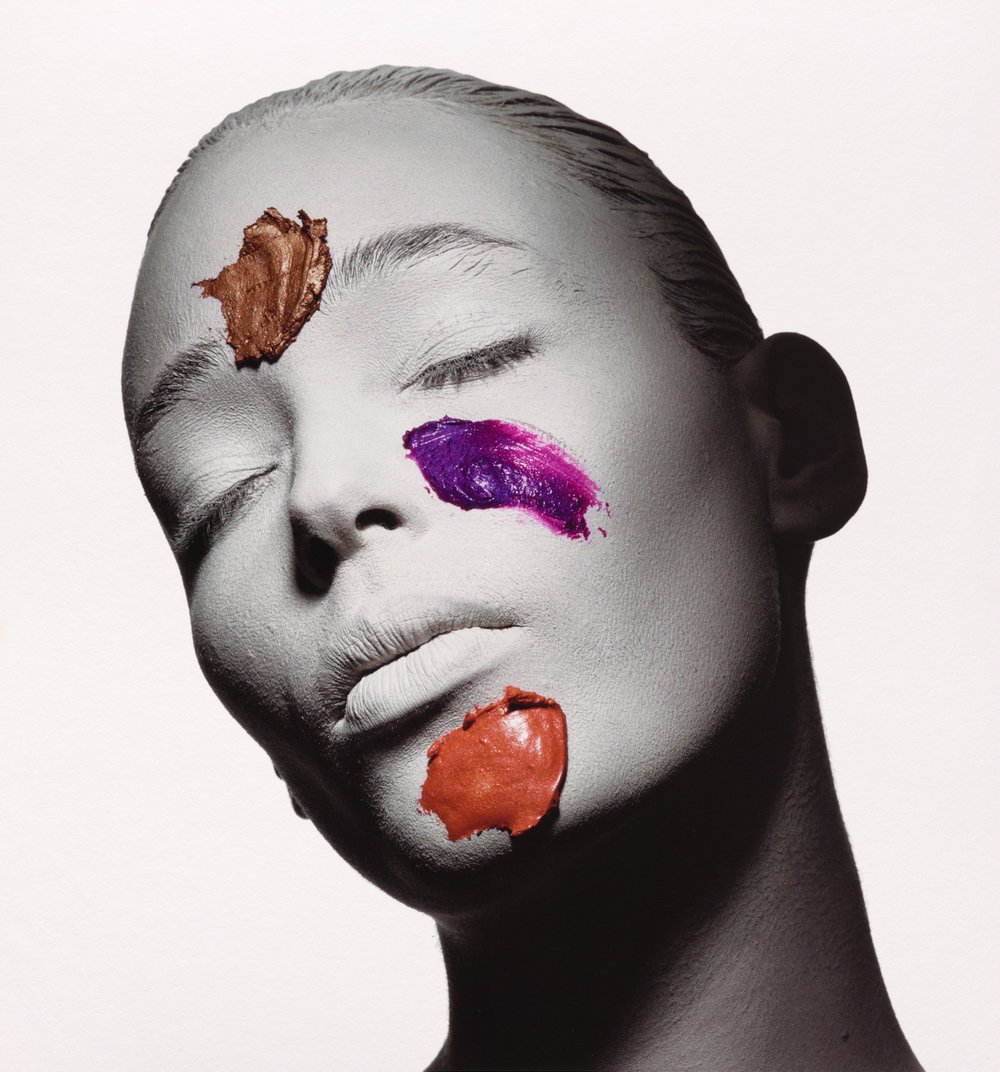

I really like black and white photography especially when taking portraits. People in them can’t hide behind colours and I feel their personalities and souls are revealed.
Source: book On Fashion Photography by Peter Lindbergh; book Creative lighting techniques for studio photographers by Dave Montizambert; book Light it, Shoot it, Retouch it by Scott Kelby; school course materials;




